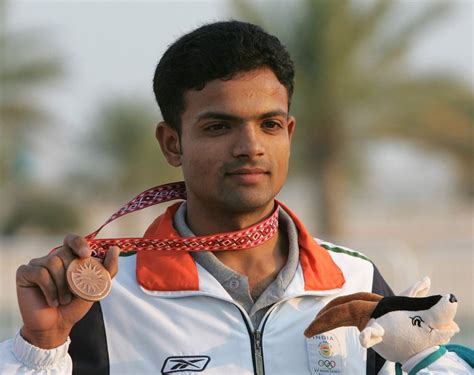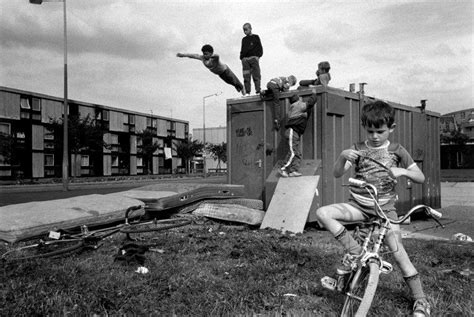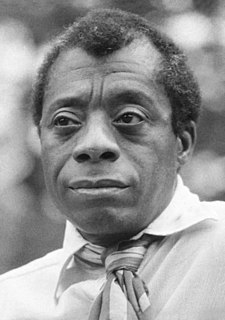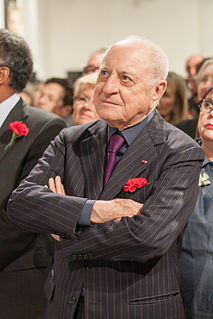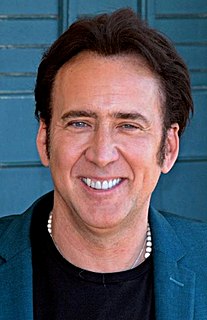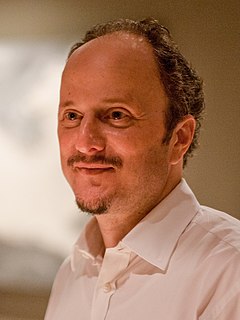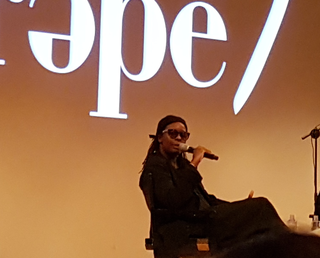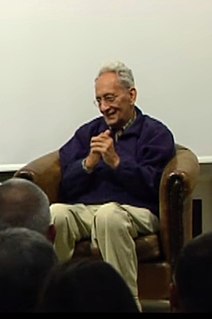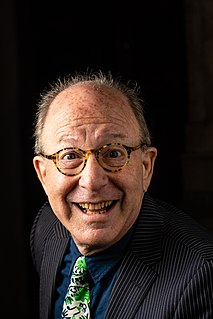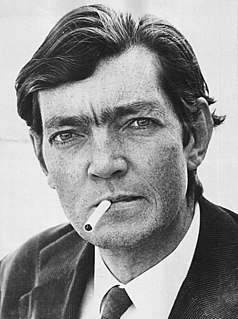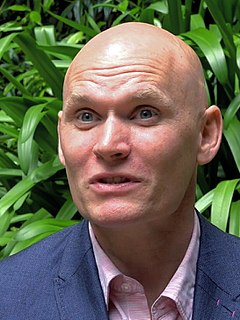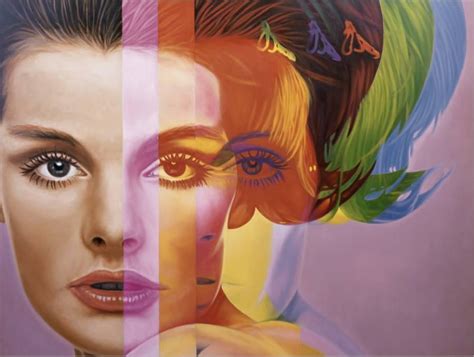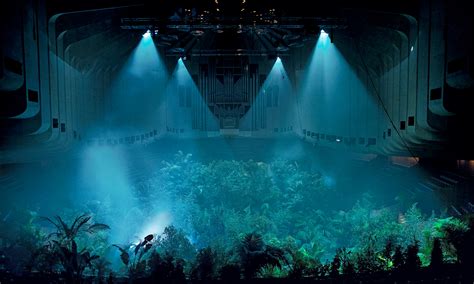A Quote by Vijay Kumar
If I say 'Find me an interesting painting' to Google, someday a robot could go around the Picasso museum and take a picture for me.
Related Quotes
I was always interested in drawing and painting. I enrolled in college to study painting. But I didn't have any livelihood when I graduated. My mother died very young, and I didn't have any home, so I had to find a way to earn a living. It seemed to me that photography - to the great disappointment, I have to say, of my painting teacher - could offer that. So I went and did a degree in photography, and then after that I could go out and get paid for work. For portraits, things like that.
A writer has to take all the risks of putting down what he sees. No one can tell him about that. No one can control that reality. It reminds me of something Pablo Picasso was supposed to have said to Gertrude Stein while he was painting her portrait. Gertrude said, “I don’t look like that.” And Picasso replied, “You will.” And he was right.
I carried on buying paintings, works of art, and Yves Saint Laurent, if I may say so, had a right of inspection. We even shared a common reading of the history of art. It would never have crossed Yves's mind to say to me, "Ah, I saw a Pablo Picasso . . ." He knew perfectly well what was interesting with Picasso, as did I.
One of the things that's interesting to me is I find things like caffeine and stunts actually relax me. When they're putting a bit of gel on my arm and lighting me on fire, or when I'm about to go into a high-speed car chase or rev a motorcycle up pretty fast, I find everything else around me slows down.
Remember that day you said you loved me? Remember that? See, you could do that because you're basically a sane person, who grew up in a loving, sane family. You could take a risk like that. But in my family we didn't go around saying we loved each other. We went around screaming at each other. So what do I do, when you say you love me? I go and undermine it.
It took the Metropolitan Museum of Art nearly 50 years to wake up to Pablo Picasso. It didn't own one of his paintings until 1946, when Gertrude Stein bequeathed that indomitable quasi-Cubistic picture of herself - a portrait of the writer as a sumo Buddha - to the Met, principally because she disliked the Museum of Modern Art.
I have seen Colonial churches since I was very small, Colonial painting and polychrome sculpture. And that was all I saw. There was not a single modern painting in any museum, not a Picasso, not a Braque, not a Chagall. The museums had Colombian painters from the eighteenth century and, of course, I saw Pre-Columbian art. That was my exposure.
You're like a witness. You're the one who goes to the museum and looks at the paintings. I mean the paintings are there and you're in the museum too, near and far away at the same time. I'm a painting. Rocamadour is a painting. Etienne is a painting, this room is a painting. You think that you're in the room but you're not. You're looking at the room, you're not in the room.
There was a belief after World War I that painting could be an act of civil revolt. I want this exhibition, 'New Museum,' to be an act of civil disobedience. It's not so much about the New Museum on the Bowery, but the idea of challenging museums as projections of cultural authority. It's painting as insurgency.
You don't just find an empty museum and say, "I should do something here." I was looking for another kind of venue or exhibition format. I was trying to find a site where something could happen over a long period of time - something that could slowly transform itself and the place as it went. And I was also trying to stand out of the art-world system. Strangely enough, I stumbled on vacant museum.
